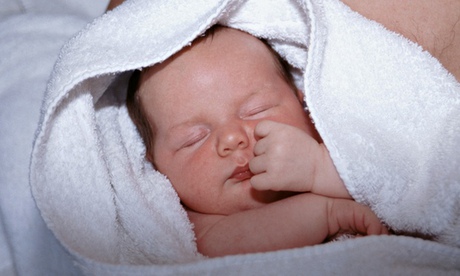
Kate Middleton may need to rethink her birthing plans now that Nice guidance has given its verdict on the safest place to have a baby. The private wing of St Mary’s hospital may offer champagne to toast the baby’s arrival but the evidence suggests that women at low risk of pregnancy complications are better off delivering at home or in a midwife-led unit. For healthy women, the rates of forceps or caesarian deliveries are shown to be lower in home births.
Complications in labour for babies and mothers are fortunately rare – hence the decades it takes to build up evidence to accurately assess the risks. Risks to babies such as brain damage, injury to nerves that affect arm and hand muscles, or of their swallowing meconium (a sign of distress in unborn babies) is slightly higher in babies born at home, but only to first-time mothers. These mothers have a rate of nine babies born with serious problems per 1,000 home births, compared with five per 1,000 for all other birthplaces. So if Nice says home births are safe for healthy women and you are given the choice, should you go for a home birth?
The solution
If you are a low-risk pregnant woman and can cope with the chance of being shifted into hospital during labour, then home birth may be for you.
An average of one in three women who planned a home birth have to be transferred into hospital either during or immediately after labour. The 2011 Birthplace in England research programme, which influenced the Nice guidance, found that 45% of first‑time mothers who were meant to give birth at home had to go into hospital. Reasons include abnormal heart rate in the baby, meconium staining and the need to repair the vaginal area after the birth. But the most common reason for transferring a woman is for delay in the first or second stage of labour. The threshold for intervention is always going to be low when the stakes are so high.
It is important to be assessed as being fit for a home birth – any medical conditions such as bleeding disorders, heart disease, diabetes, epilepsy as well as any previous complications in a pregnancy such as a caesarean section, high blood pressure or haemorrhage may result in being recommended to opt for a planned birth at an obstetric unit. Women also need to be assessed throughout pregnancy and to be aware that, if their risk profile increases, they may need to change their plans.
Pregnancy is not a medical condition and giving birth is natural. Nice clearly says that healthy women should be provided with the necessary information to choose, because hospitals are no safer for them than their own homes. But if you want an epidural or will feel safer giving birth in a hospital, that’s your right too.

